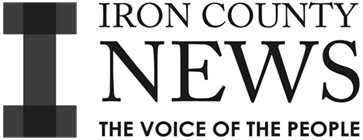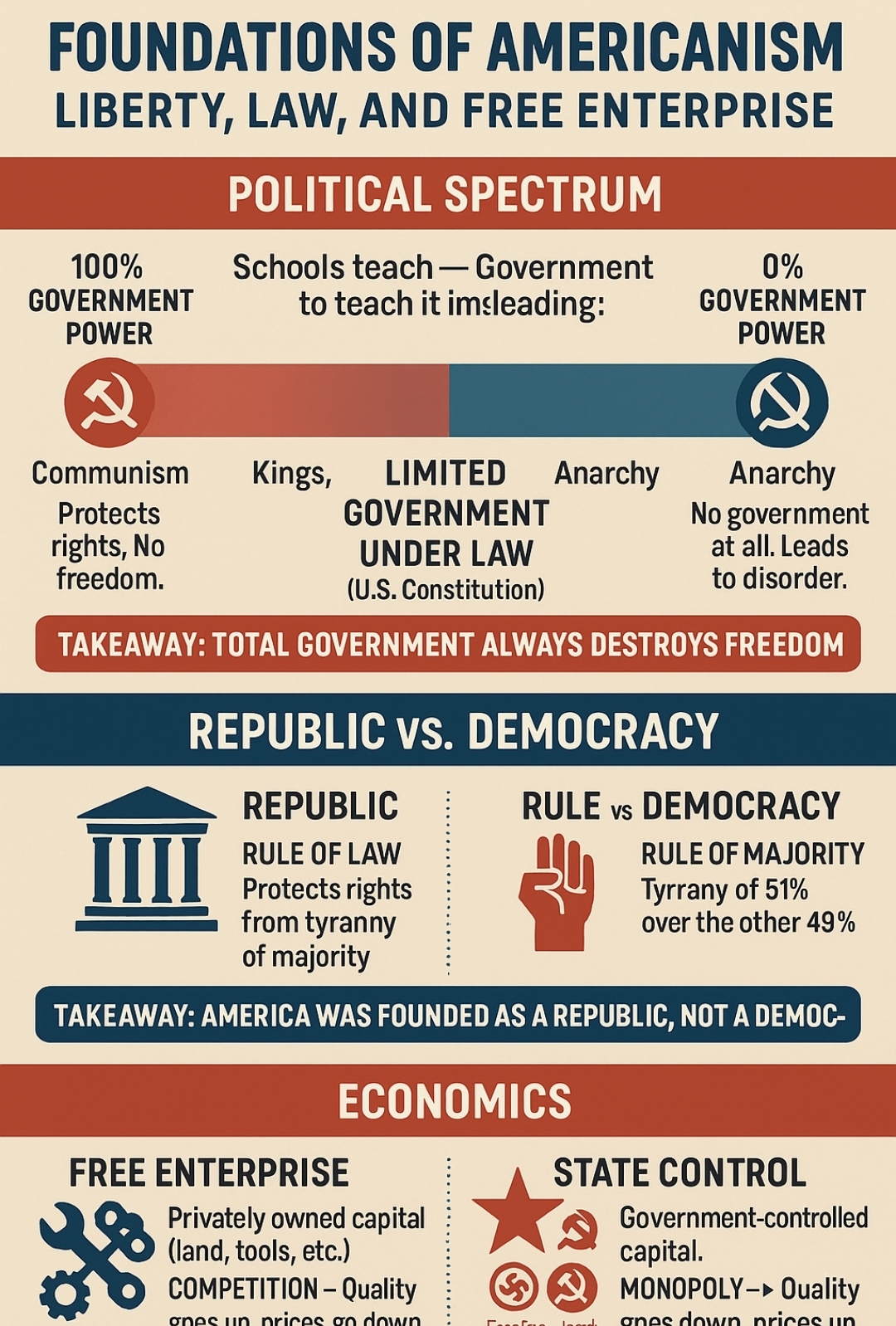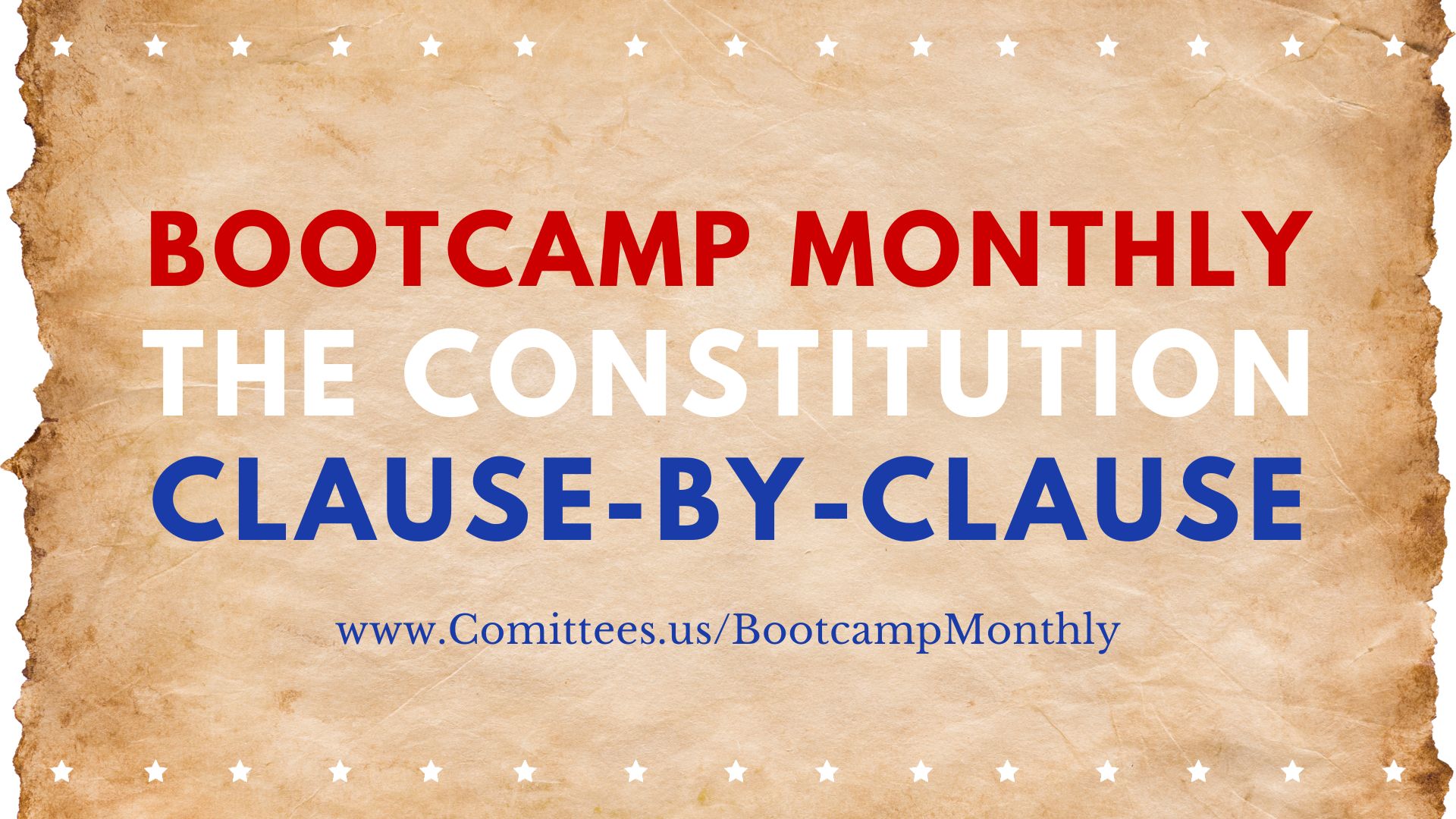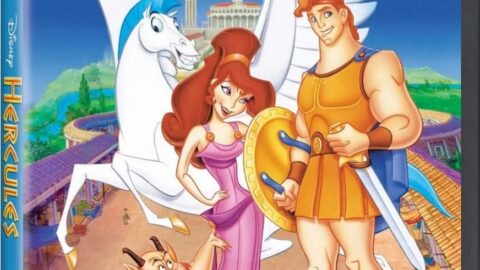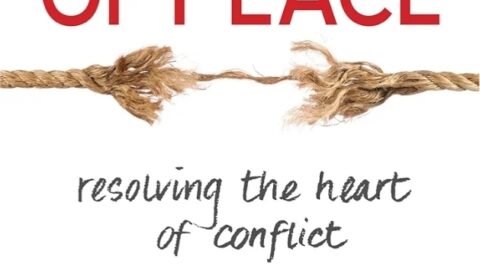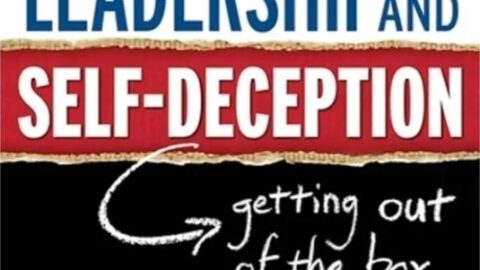America’s greatness didn’t come from wealth alone, nor from natural resources or government planning. It came from something deeper — a philosophy of liberty under law, rooted in God-given rights, limited government, and free enterprise. Yet over time, schools, media, and politics have clouded these truths. To see clearly, we must return to first principles.
The Political Spectrum Clarified
The False Spectrum (What Schools Teach)
- Far Left = Communism.
- Far Right = Fascism/Nazism.
- Middle = Moderates.
This picture is misleading. It makes communists and Nazis appear as opposites, when in reality they are both totalitarian. The transcript reminds us that in Hitler’s Germany, businesses were “privately owned” only on paper. The state dictated what they produced, what they charged, and who they hired — the same control communism imposed openly.
Takeaway: The labels change, but the result is the same — total government means no freedom.
The True Spectrum (What the Founders Understood)
- Far Left = 100% Government Power
- Communism: State owns and controls everything (Soviet Union, Mao’s China).
- Socialism: State owns or controls key industries like energy, healthcare, and transport.
- Fascism/Nazism: State “allows” private ownership but controls every decision (Italy, Germany).
- Kings & Dictators: Monarchs or elites with unchecked power (Louis XIV: “I am the state”).
- Result: Oligarchy — rule by the few, no real liberty.
- Far Right = 0% Government Power (Anarchy)
- No government at all. Looks like freedom at first, but quickly collapses into gangs, mobs, and warlords.
- Example: Post-revolutionary chaos in Russia before Lenin; Weimar Germany’s instability before Hitler.
- Result: Power vacuum always leads back to tyranny.
- The Center = Limited Government Under Law (America’s Founding)
- The U.S. Constitution built a republic where government’s role was narrow: defense, foreign relations, enforcing law.
- The Bill of Rights placed chains on government power: “Congress shall make no law…”
- Example: Early America (1790s–1800s) where families, farms, and businesses thrived with minimal government interference.
- Result: Maximum liberty with ordered stability.
Takeaway: The American system belongs in the center — balanced by liberty and law. Slide left or right, and freedom collapses.
Republic vs. Democracy
The Founders drew a sharp line between a Republic and a Democracy:
- Republic = Rule of Law
- Government is limited, rights are protected.
- Example: A lynch mob of 35 men wants to hang 1 outlaw. In a Republic, the sheriff steps in: the man has a right to trial. Law restrains the majority.
- Democracy = Rule of Majority
- 51% can vote away the rights of 49%.
- Example: Same lynch mob. In a democracy, the majority wins — the outlaw dies without trial.
Transcript Evidence:
- James Madison: “Democracies have ever been spectacles of turbulence and contention.”
- Alexander Hamilton: “Real liberty is never found in the extremes of democracy.”
- John Adams: “Democracy never lasts long. It soon wastes, exhausts, and murders itself.”
Takeaway: America was founded as a Republic, not a democracy. Words matter, because systems matter. The Republic preserves liberty; democracy degenerates into mob rule and then tyranny.
Economics: Free Enterprise vs. State Control
Freedom isn’t just political — it’s economic. The transcript makes clear: whoever controls capital controls people.
Free Enterprise (Competitive Capitalism)
- Capital = privately owned and controlled (land, tools, businesses).
- Government’s role = punish fraud, theft, and coercion — not manage the market.
- Results = innovation, prosperity, excellence.
- Example: Early America, where competition among states created better laws, lower taxes, and stronger communities.
State-Controlled Systems
- Fascism (Mussolini): Government dictated production, prices, and labor, while owners pretended to keep businesses.
- Nazism (Hitler): Added racism but kept the same state-control model.
- Socialism: Government directly seized industries like utilities and transport to leverage control.
- Communism: The state owned everything outright.
Result: Monopoly → high prices, poor quality, shortages, and dependency.
- Example: “Why would a monopoly strive to improve if it has no competition?”
Private Property = Freedom
True ownership includes:
- Title (legal recognition).
- Control (decisions on use).
- Use (benefit from it).
- Disposal (sell or pass it on).
Without these, property — and liberty — are illusions.
Morality as the Foundation
The Founders knew liberty and free enterprise couldn’t survive without morality.
- Madison: “Limited government alone is inadequate.”
- Adams: “Our Constitution was made only for a moral and religious people.”
- Washington: “National morality cannot prevail in exclusion of religious principle.”
History proves it. When Rome abandoned virtue, citizens traded freedom for “bread and circuses.” They went from Republic → Democracy → Tyranny. America risks the same path if morality is lost.
Final Takeaway: Less Government, More Responsibility
The Overview of America makes the choice simple:
- Oligarchy (total government): Rule by elites, poverty, slavery.
- Anarchy (no government): Chaos, then tyranny.
- Republic (limited government under God): Law protects liberty, free enterprise produces prosperity, morality sustains the system.
Benjamin Franklin said it best when asked what kind of government the Founders gave us:
- “A Republic, if you can keep it.”
Keeping it means resisting the slide toward oligarchy, rejecting the illusion of “democracy,” and reclaiming both moral and economic responsibility.
